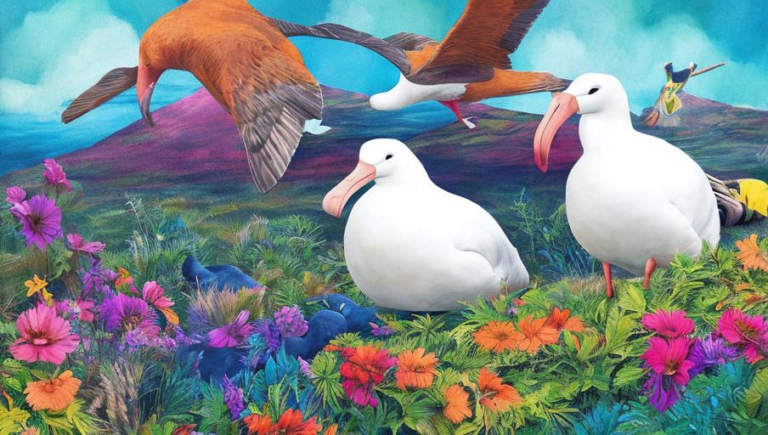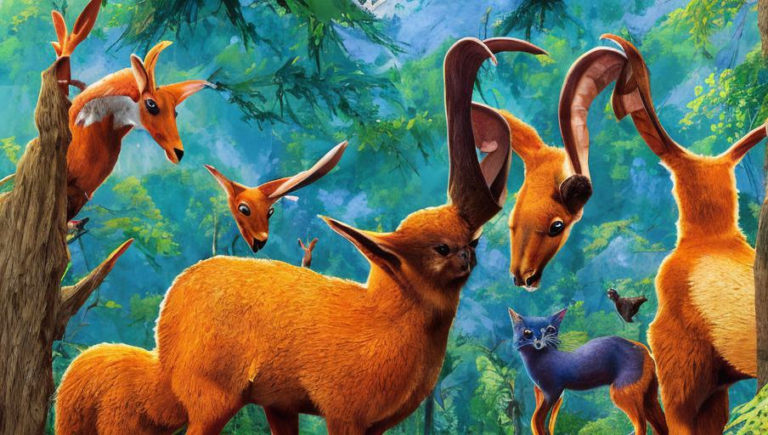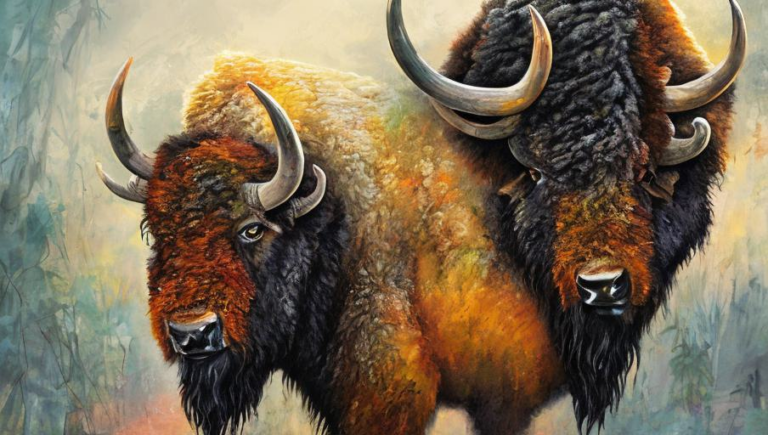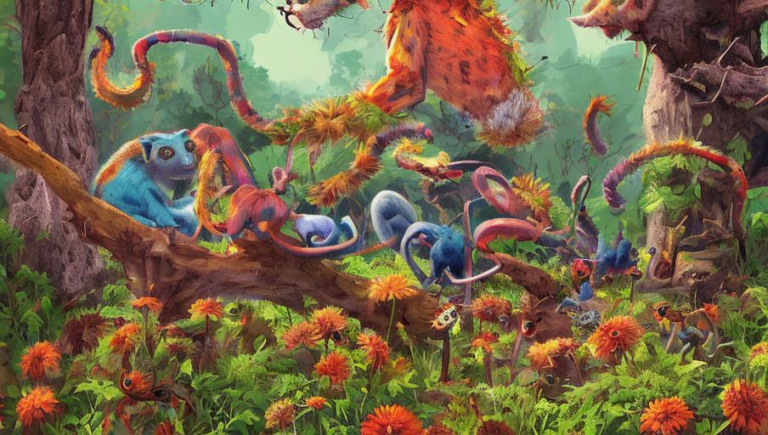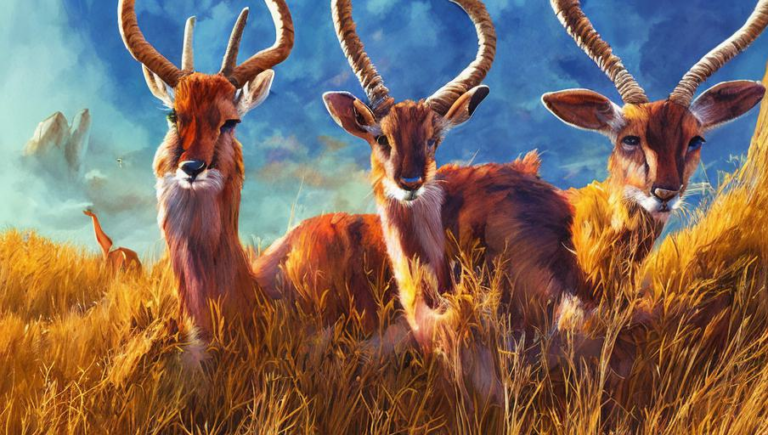A Day in the Life of an Aardvark
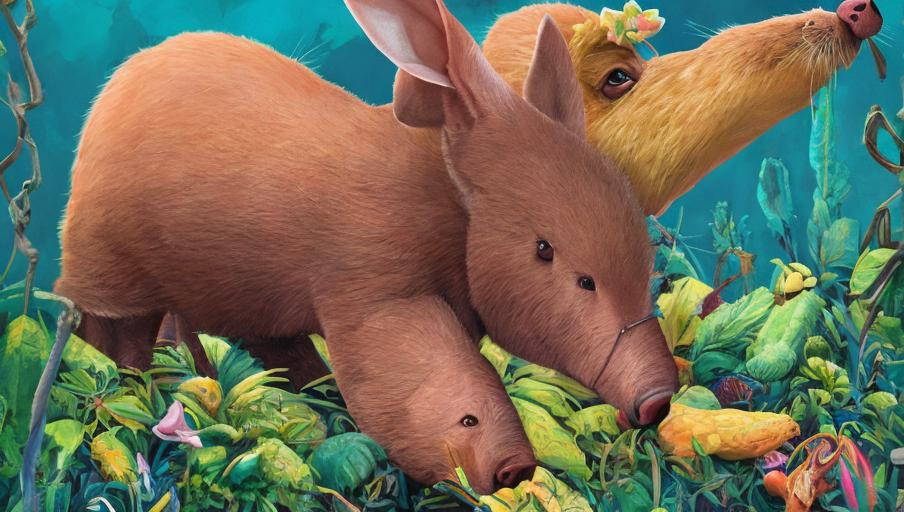
A Day in the Life of an Aardvark
Aardvarks are a species of burrowing mammals native to Africa. They are most active at night, and during the day they usually sleep in their burrows. Aardvarks are primarily insectivorous, meaning they primarily feed on insects such as termites and ants.
Diet & Feeding Habits
Aardvarks forage for food at night, using their powerful sense of smell to locate the insects they feed on. They use their long, sticky tongues to catch their prey, and their strong claws to dig up termite and ant mounds. Their diet also includes fruits and vegetation, and they have even been known to consume soil and clay to help aid in digestion.
Habitat & Home
Aardvarks live in a variety of habitats, including grasslands, savannas, and woodlands. They build their burrows in areas with low vegetation and minimal human interference. These burrows are typically 6-9 feet deep and up to 20 feet long, and the aardvarks will use the same burrow for months or even years.
Social Interactions
Aardvarks are solitary animals, meaning they generally live alone. However, sometimes they can be seen in pairs or small groups. They communicate with one another using a variety of vocalizations, and they also use scent marking to claim their territory and to attract mates.
Predators
Aardvarks have several natural predators, including lions, leopards, hyenas, and wild dogs. They also face threats from humans, who hunt them for their meat and fur.
Conservation Status
Aardvarks are listed as Least Concern on the IUCN Red List, meaning that their populations are stable and not currently threatened. However, they face threats from habitat loss due to human development and agricultural expansion. Conservation efforts are underway to ensure that the species will continue to thrive in the wild.
Conclusion
Aardvarks are fascinating creatures, and they play an important role in the African ecosystem. By understanding their behavior, diet, and habitat, we can better understand how to protect these amazing animals and their habitats.
